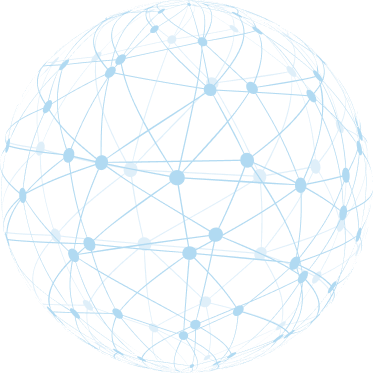Why Your Coaching Culture Isn’t Sticking
A company rolls out a coaching initiative. The leadership team gets trained. The managers have their one-on-ones. The language shifts slightly—more questions, less telling. For a few weeks, maybe even a few months, it seems like things are moving in the right direction.
Then something happens.
Deadlines tighten. A big client churns. The pressure ticks up. And slowly, quietly, the culture reverts. The coaching conversations become shorter, more transactional. The check-ins become performance reviews. The new habits dissolve, and the old behaviors creep back in.
Sound familiar?
You’re not alone. Organizations across industries invest in coaching programs—often with great enthusiasm—only to find that the culture never quite “sticks.” Not in the way they hoped. Not in the way that creates sustained behavioral change.
But here’s the good news: this isn’t a people problem. It’s a brainproblem. And once you understand the neuroscience of habit formation, you can stop blaming the initiative—and start redesigning it for long-term impact.
Habits Aren’t Built Through Awareness Alone
It’s a common assumption: if we train our leaders, they’ll change. If we give them the tools, they’ll use them. But change doesn’t happen because someone knows better. Change happens when someone repeats better—consistently, over time, in the right context.
At the core of all sustained behavior lies a neurological process called habit formation. And habits are formed not by intention, but by repetition inside of a predictable loop: cue, behavior, reward.
In other words, the brain asks three questions:
- What triggers this behavior?
- What do I do next?
- What’s the payoff?
If any one of those components is unclear—or missing—the habit doesn’t stick. Even if the behavior is well understood. Even if it’s well-intentioned.
So when coaching doesn’t become the default leadership behavior, the issue often isn’t belief. It’s structure.
The Brain Always Defaults to What Feels Safe and Efficient
From a neuroscience perspective, the brain prioritizes certainty and conservation. It favors pathways that are familiar, predictable, and energy-efficient. That means even if coaching is the better way to lead, if it requires more energy, more time, or more emotional effort—it will be the first thing to go when stress enters the system.
This is why, under pressure, leaders often slip back into old behaviors: giving answers, directing outcomes, measuring success by metrics alone. These aren’t always the wrongbehaviors—but they are the easierones. They require less relational energy. They feel productive in the moment. And they’re deeply wired from years of operating in traditional command-and-control systems.
Changing that requires more than knowledge. It requires a new default—and defaults are built through habit.
Why Most Coaching Initiatives Fail to Create Lasting Habits
Most coaching cultures are built on good ideas but lack reinforcement. The organization hosts a powerful workshop, delivers a few great toolkits, and expects change to cascade naturally. But in the absence of consistent cues, context, and rewards, the new behaviors can’t find a foothold.
The result? Coaching becomes a “nice to have.” It happens when there’s time. It becomes situational, not systemic.
To create a true coaching culture—one that lasts—you have to design for the way the brain actuallyforms habits. And that starts with intentional reinforcement.
The Neuroscience-Informed Path to Culture That Sticks
Here’s what the science tells us: habits are more likely to take root when they’re practiced in high-frequency, low-stakes environments. This is why daily check-ins, informal moments of curiosity, and peer coaching practices often do more for culture than formalized quarterly reviews.
The goal isn’t to force every conversation into a coaching framework. It’s to build enough coaching momentsinto the day-to-day that it becomes second nature.
You don’t need a massive overhaul to rewire your culture. You need:
- Cues that remind leaders to coach
- Simple, repeatable behaviors that don’t require heavy cognitive load
- Immediate feedback loops that show the behavior works
When leaders begin to see the impact of small coaching moments—team members opening up, solving problems, owning growth—their brains receive the reward. That reward reinforces the behavior. And the habit starts to stick.
This isn’t a theory. It’s how the brain works. It’s how anybehavior becomes culture: through consistency, context, and emotional connection.
Culture Change Isn’t an Event. It’s a Pattern.
If your coaching culture isn’t sticking, it’s not a failure. It’s feedback. It’s a signal that your system needs more rhythm, more safety, and more reinforcement.
Because the truth is, coaching isn’t just about helping people perform. It’s about helping people evolve. And evolution doesn’t happen in a single workshop. It happens in the thousand moments that follow—moments where leaders choose to pause, ask, listen, and support.
When those moments become habits, and those habits become patterns, the culture starts to shift.
Not just on paper. Not just in training.
But in real conversations. On real teams. With real results.
And that’s when you know the work is finally sticking—because it’s not just something you do. It’s who you are.





